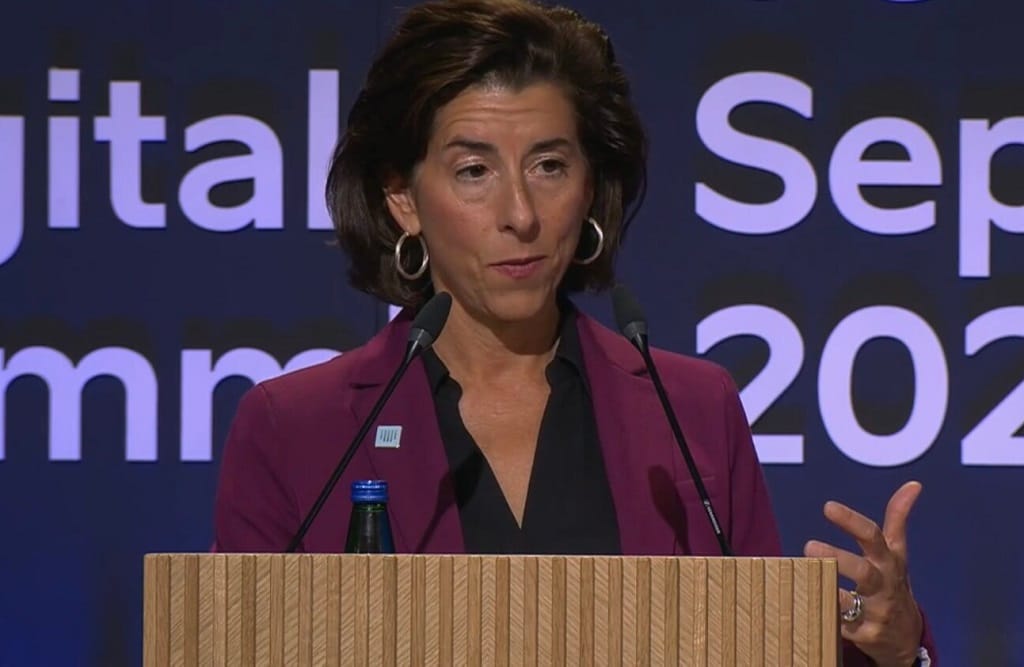Senate Committee Witnesses Recommend Apprenticeship Programs in Schools for Broadband Workforce
Workforce funding for infrastructure expansion has been allocated under the infrastructure bill.
Teralyn Whipple

WASHINGTON, May 3, 2022 – Apprenticeships can help solve workplace shortages for broadband infrastructure builds, according to witnesses at a Senate workplace subcommittee hearing on Tuesday.
Technical and worker shortages have been flagged by agency and government officials, including Commerce Secretary Gina Raimondo, as a key area for broadband builds, with money portioned out for it under the Infrastructure, Investment and Jobs Act.
In arguing that apprenticeships are widely underutilized in the United States, panelists at the hearing cited a lack of incentives for public schools to push alternatives to a regular four-year college degree. To combat this, Dan Hendricks, director of the Denver Joint Electrical Apprenticeship, advised visiting with school counselors and educating them on available opportunities and benefits from an apprenticeship program.
According to Hendricks, apprenticeship programs place students in the workforce with an average salary of $80,000. Within four years, many advance to a salary of $100,000. Most will graduate from the program with little to no student debt, he argued.
Additionally, Brent Gillum, CEO of telco LightStream, suggested creating “workforce development opportunities in secondary and post-secondary schools by leveraging existing curriculum in S.T.E.M. programs, apprenticeships and online-learning.”
Workplace demand will continue to increase as federal grant funds circulate through state systems. Brookings Researchers in 2021 found that 160,000 broadband jobs would be created by the broadband infrastructure bill.
Nicole Turner Lee, director of the Center for Technology Innovation, recommended working with community colleges to provide career pathways directly into these fields and providing digital service cores for new entrance as a precursor to the apprenticeship programs, providing experiential learning at a local level.
It was proposed to train students where they live with already-developed remote training models. Turner Lee expressed optimism that local apprenticeship training will help bridge the digital divide as low-income persons choose more affordable schooling options.
In Ohio for example, the government announced new technical programs in certain colleges to train the workforce for broadband expansion projects.









Member discussion